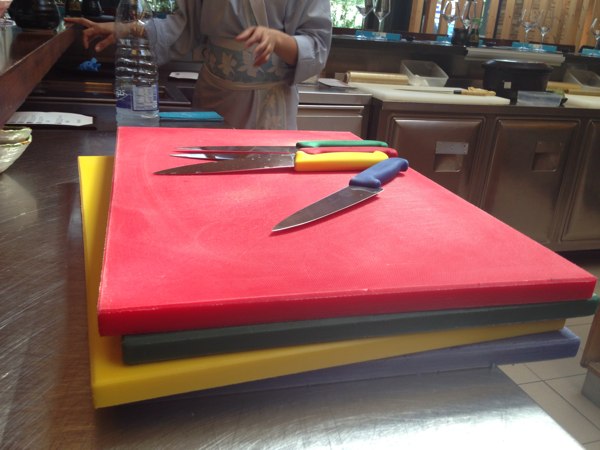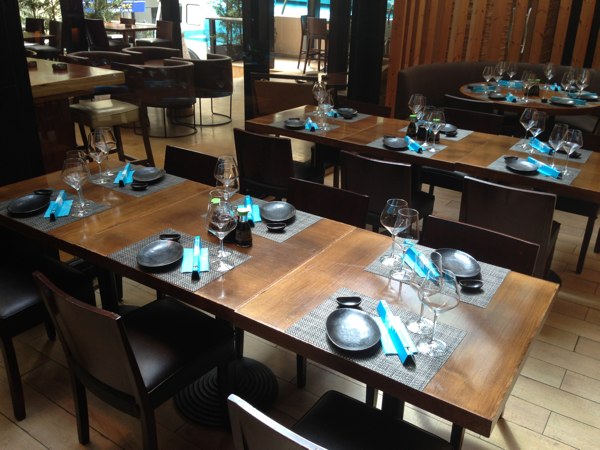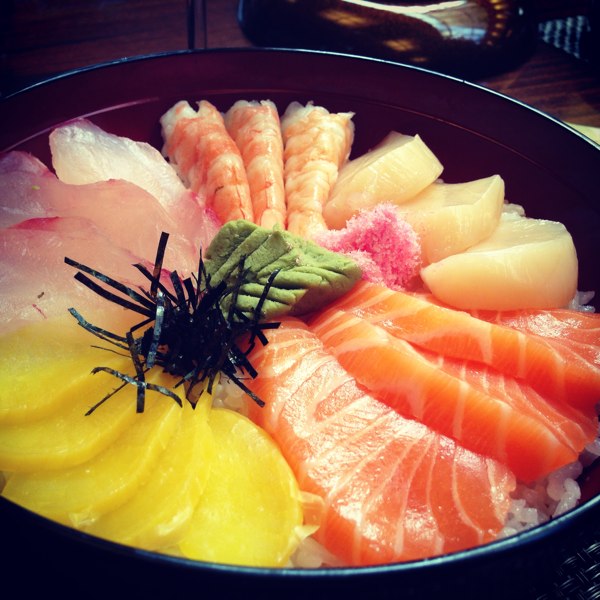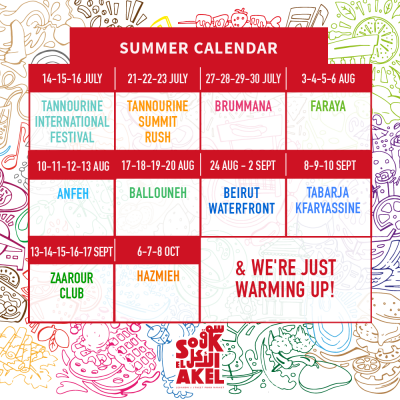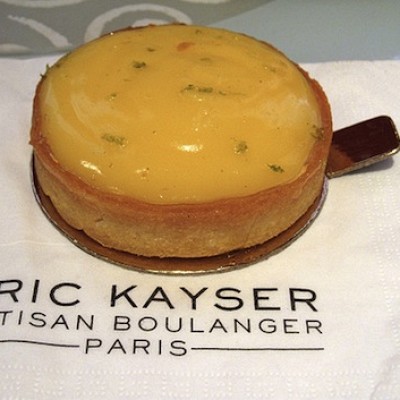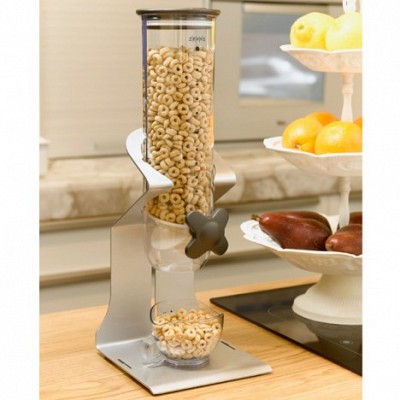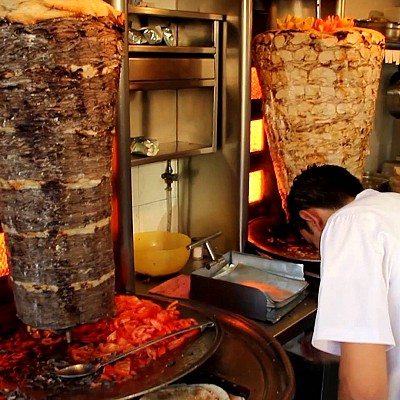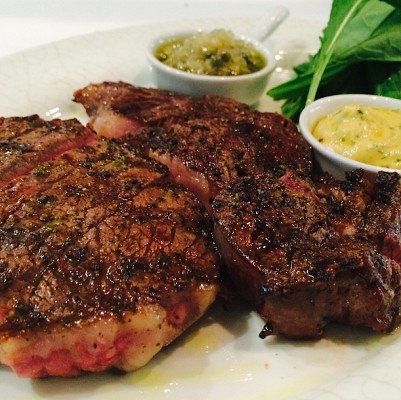 CHECK OTHER REVIEWS FOR THIS PLACE:
CHECK OTHER REVIEWS FOR THIS PLACE:
You have heard me talk a lot about my favorite Sushi restaurant in Lebanon - Le Sushi Bar. It's my favorite because of its food, it's my favorite for its service and also my favorite for its professionalism on many levels. But now I have definitely added another favorite to the list for the extra mile its taken to make Le Sushi Bar one of the best restaurants in Lebanon.
Celine Ajjour, the food safety officer at Le Sushi Bar takes me on a tour around the kitchens to help me understand what's cooking behind every plate served. The details are breathtaking. Celine, an AUB graduate in food technology has been working with Le Sushi Bar for sometime now. With a Masters in food technology and an experience at AUB with the Lebanese Association for food safety, her job is to make sure no detail is taken for granted. We had a long discussion where she shed the light on the protocols of Le Sushi Bar kitchen. It's an art by itself. All starts with the personal hygiene of the staff, a thorough hand wash and here we are inside the kitchen. To start, the gloves used are blue and powder free, which is a color not available in food, this way, if a little piece of nylon is cut it will show on the spot.
The imported rules to look out for:
- Color coding of the boards to avoid cross contamination
- Never wash in chlorine but use vinegar instead, a natural product
- Lab-test the water and ice every three months
- Separate food in different fridges to avoid cross smells
The different colors used in the kitchen: a must to obtain ISO 22,000
- Green: Vegetables
- Red: Raw meat
- Yellow: Raw chicken
- Blue: Fish and sea food
- White and black: Ready to eat food
Polypropylene is used, not wood because wood absorbs bacteria and Bacteria feeds on wood and humidity.
Chefs have a check list that they have to fill out (supplier, item, temperature upon delivery, container in good shape, expiry date, accepted, rejected and notes). Chefs are trained to know the temperature and quality of every item: 4 degrees Celsius for fridge items and -18 Celsius for frozen goods.
Some advice from Celine: Organizing your fridge at home:
- The fridge has five different compartments, starting from down until you reach the top.
- 5- Raw chicken, because of their potential dripping and the eggs if they break, all the fridge will be contaminated
- 4- Raw meat
- 3- Seafood
- 2- Ready to eat food
- 1- Mostly consumed daily items
The door should not contain:
- Milk
- Perishable items
- Eggs
- Butter
Organizing the fridge at sushi bar:
- Fish is stacked in a singular fridge
- No drawers
- Meat is placed on the lower levels
- There's a special fridge for vegetables. One for the unwashed ones and another for the washed
A great tour indeed that proved to me how complicated it is to handle a restaurant. Before the food reaches your plate, it passes by many important stages preserving quality and standards. In addition to all that, Le Sushi Bar is trying to use less crab sticks and never serve except fresh tuna fish caught daily in Lebanon. When Tuna is not available on the menu, know that today's catch was bad.


















